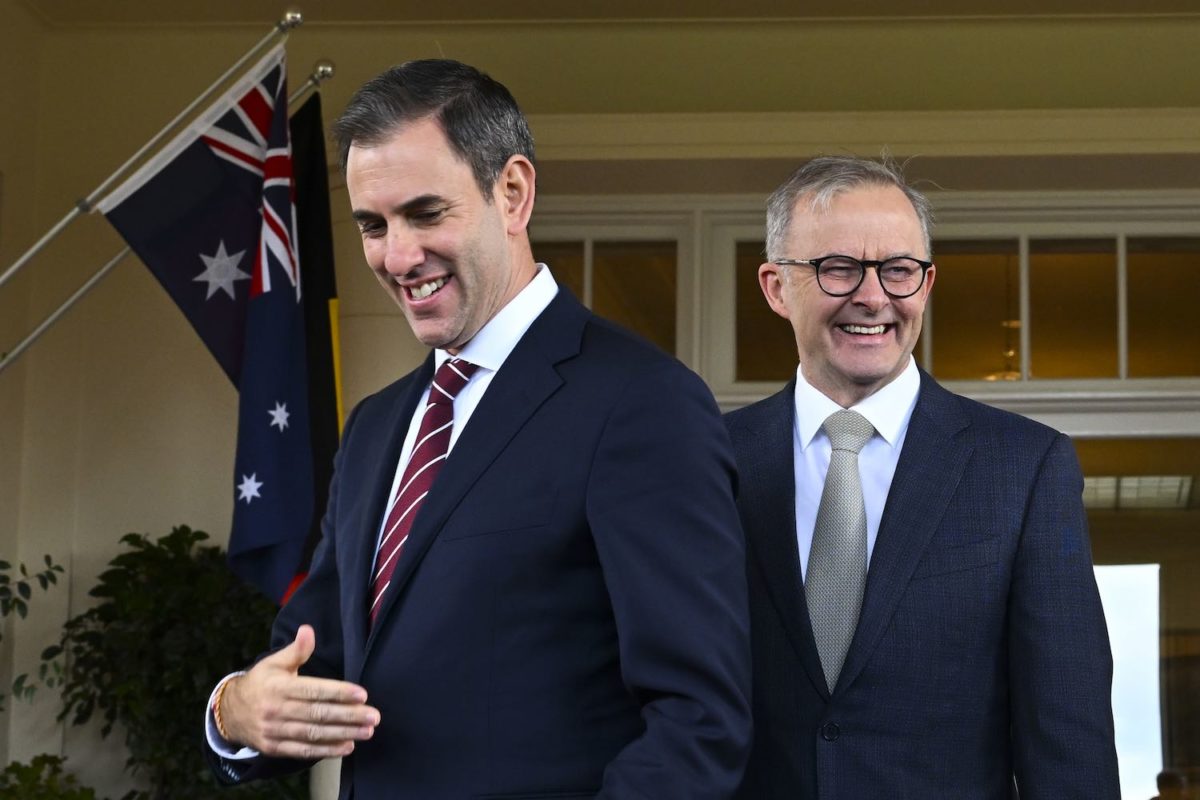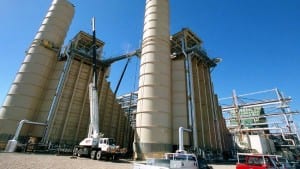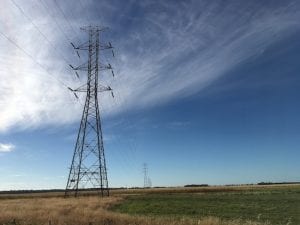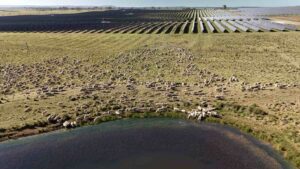Angus Taylor was very proud of his “big stick” legislation. It’s probably one of the few things that he actually achieved in his near four years as federal energy minister, although we never really got to learn if it worked or not. It’s time that Labor whipped it out and put it to the test.
Australia’s energy crisis is being blamed in equal parts on the war in Ukraine, surging coal and gas prices, and coal plant outages in Australia, along with supply problems because of flooding and mining issues that have forced even the biggest coal generator in the country to wind back production.
One part of the equation that has escaped with little scrutiny has been the actions of the Australian utilities, and their bidding practices in the market. This is what the “big stick” is supposedly designed to control, but you probably need to believe in the tooth fairy to think it will have much impact.
Australia’s big utilities have form when it comes to maximising their profits from the energy markets. They get to do this through the lack of competition, and they are helped by the lack of transparency in those markets, and rules and regulations that do little to combat bad behaviour.
It was six years ago that one of the country’s biggest electricity consumers, the Sun Metals zinc refinery in the north Queensland, first started pushing for a switch to 5 minute settlements from 30 minutes, arguing that the big energy providers were rorting the market and exploiting their customers.
How the big utilities howled in protest. They succeeded in delaying the transition by a few years, but eventually it went through. It’s changed market bidding practices, but not always for the better.
The Queensland government acknowledged the problem in 2017 when it instructed its state-owned generators to change their bidding patterns. Essentially, it was an order to care more about the customer than filling the state coffers. It had a dramatic and immediate impact on wholesale prices.
Queensland says it won’t repeat that move, which is a shame because it is the only state with government ownership of utilities, and the state is currently suffering by far the highest prices. So much for state-owned utilities being a public service and all that.
The problem Australia’s east coast electricity market has now is that prices are stuck in the stratosphere. They are there because, apparently, the gas price is so high the generators need more than $300/MWh, or $400/MWh to cover their operating costs.
But they are not the only ones bidding up the price to those levels. Coal plants, even those without exposure to international prices, are reportedly “shadowing” the gas price, bidding around the same levels because …. they can.
Renewables are having little impact in the market – apart from the times they have been setting new output records – because the marginal cost of electricity is being set by whatever gas plants are operating in the background.
And there is some funny behaviour going on – in South Australia, for instance, where diesel is being regularly burned for electricity, even when the state is exporting its surplus power to Victoria. What the hell? It may be because diesel is now cheaper than gas, but the reasons are not clear, and it’s not a good look.
We’ve even seen dual-fuel generators burn diesel as “baseload’ for two days at the Valley power station in Victoria, although it is not clear whether that is a cost issue, or a gas preservation issue.
Labor treasurer Jim Chalmers has flagged that he will get the ACCC, and presumably its energy offshoot the Australian Energy Regulator, to look into what’s going on in the market.
Don’t hold your breath waiting for a breakthrough. The ACCC on energy markets has been like Lord Nelson at the Battle of Copenhagen, where he lifted his telescope to his blind eye and reportedly declared: “I have a right to be blind sometimes. I really do not see the signal.”
The ACCC’s past investigations have spotted signs of market dominance, but not of misbehaviour, much to the amusement and frustration of market participants. The AER’s regular reports on price spikes are akin to the common retort of Sergeant Shultz in Hogan’s Heroes: “I …. see … no …thing.”
Part of it comes down to rebidding. The regulators tut-tutted at the tendency for fossil fuel generators (and hydro plants, for that matter) to “re-bid” upwards so they can profit when supply gets tight, or demand high.
It implemented measures to stop that, so the generators have found other ways to get around it, to be a little less gauche.
One way is to simply remove low priced capacity, which has pretty much the same impact. Another is to bid everything high in the first place and then bid lower in what they would like people to think is an act of great generosity to the customers they care about so deeply.
So Chalmers is about to discover how really stuffed the electricity markets are. They need competition, both in the number of big utilities operating in the market, but also the amount of renewables (who are usually happy to produce at fixed prices locked in for a decade or more), and more storage, such as batteries.
The ACT is now reaping the benefits of its strategy to buy the equivalent of 100 per cent of its annual electricity demand from a fleet of wind and solar plants that probably would not have been built otherwise.
The offers were a mix – some really high priced solar, and some much better priced wind power. But even if they did pay over the odds, which is debatable, they are now reaping the benefits of their foresight.
The ACT and its consumers are now fully hedged and protected from the fossil fuel supply and cost crisis that will send many retailers, and some big customers, to the wall.
The ACT has laid out a (partial) blueprint to switch to green energy (it still has some firming, and more renewables to support electric transport to go).
The rest of Australia, meanwhile, has been stalled by the lack of vision, and good faith, from the Coalition federal government. For nearly a decade in power it ignored the climate science, and the multiple opportunities of low cost energy efficiency and demand management, and turned down the tap on renewables.
The country now finds itself hopelessly ill-prepared and vulnerable to an energy crisis made raw by its continued dependence on fossil fuels. Various states are moving forward, but not at a pace that offers an answer to the immediate problems.
Now the rest of the market – the policy makers, the regulators and the rule makers – need to “do something” and find a way to control the behaviour of legacy players bleeding the market, and the consumer, on the way out the back door.
Good luck with that. Chances are it will need a lot more than a big stick, even one with Well done, Angus, written on the side of it.










